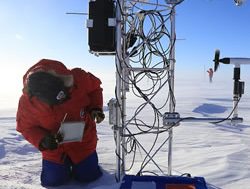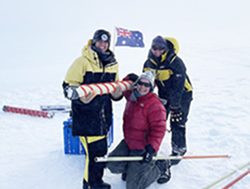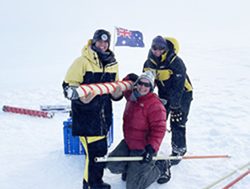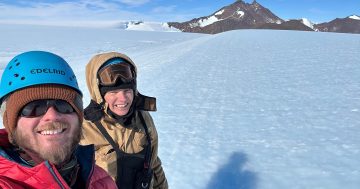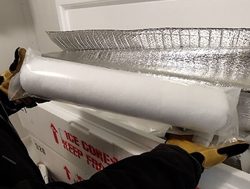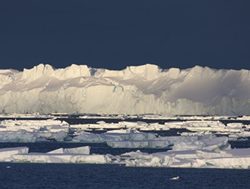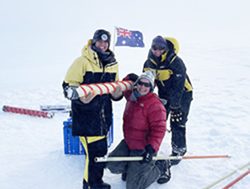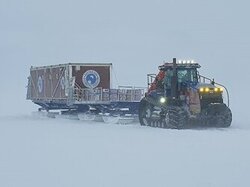 The Australian Antarctic Division (AAD) is preparing to launch two deep-field science missions into remote parts of Antarctica to improve understanding of the Earth’s past and present climate.
The Australian Antarctic Division (AAD) is preparing to launch two deep-field science missions into remote parts of Antarctica to improve understanding of the Earth’s past and present climate.
Chief Scientist at AAD, Nicole Webster said the project was one of the most important polar science quests ever undertaken by Australia.
“Next month a convoy of tractor trains will depart Casey research station and travel 1,200 kilometres inland to Little Dome C high on the Antarctic plateau,” Professor Webster said.
“Once at 3,000 metres elevation, a team of 10 expeditioners, including scientists, mechanics and a doctor will establish a camp to support drilling for an ice core at least a million years old.”
She said Australia had a long history of venturing deep into the frozen continent and this summer would be the most ambitious mission in 20 years.
Professor Webster said that once the summer camp was established, drilling deep enough to find ice at least a million years old would take five years.
“This record will help explain why the cycle of ice ages changed from a regular 41,000-year cycle to an ice age every 100,000 years,” ADD’s Chief Scientist said.
“Australia is a science leader in East Antarctica and we’re extending our reach into the continent to expand our knowledge of how ice sheets are responding to climate change and the role of Antarctica in the global climate system.”
She said a second deep field camp would also be re-established at Edgeworth David Base, 440 kilometres west of Casey station near the Denman Glacier.
Professor Webster said the camp would support a three-year science campaign led by the AAD and research partners, Securing Antarctica’s Environmental Future (SAEF), the Australian Centre for Excellence in Antarctic Science (ACEAS) and the Australian Antarctic Program Partnership (AAPP).
General Manager, Operations at AAD, Charlton Clark said the alliance of researchers would rely on the hard work of a small advance team this summer.
“A team of just five people, including carpenters, a field training officer and field leader will spend three months at the site,” Mr Clark said.
“Their work preparing facilities will be absolutely critical when up to 40 scientists arrive in late 2023,” he said.
“Once there the scientists will undertake research into climate issues impacting the glacier and the wider region.”
Mr Clark said that overall, the 2022–2023 season would see seven ship voyages by two chartered vessels, icebreaker MPOV Aiviq and ice-strengthened cargo ship Happy Diamond.


